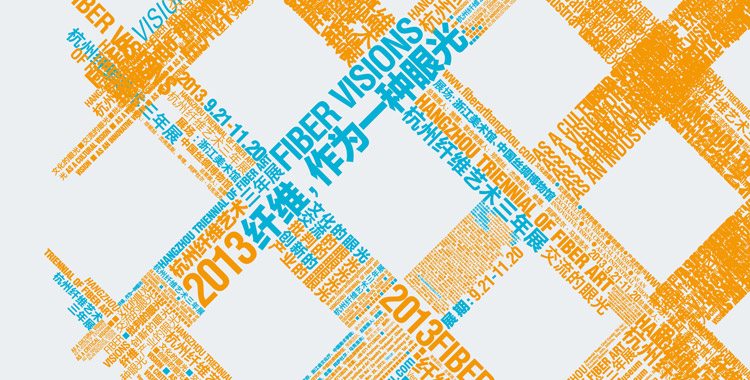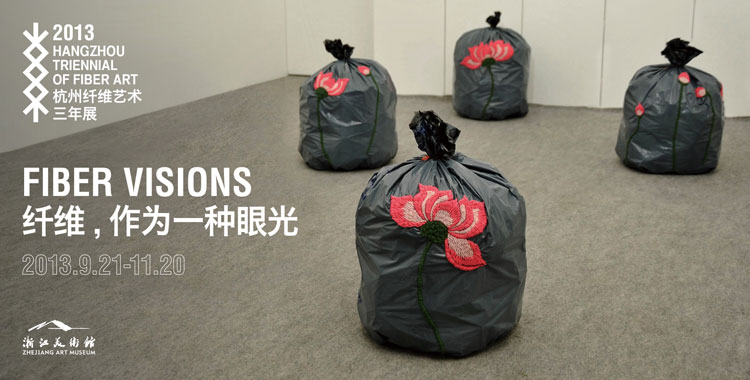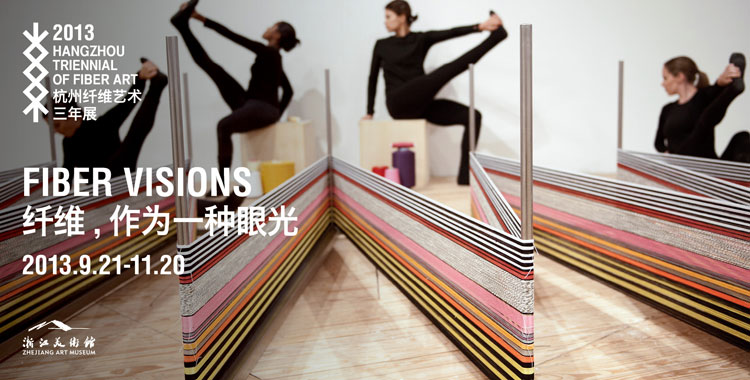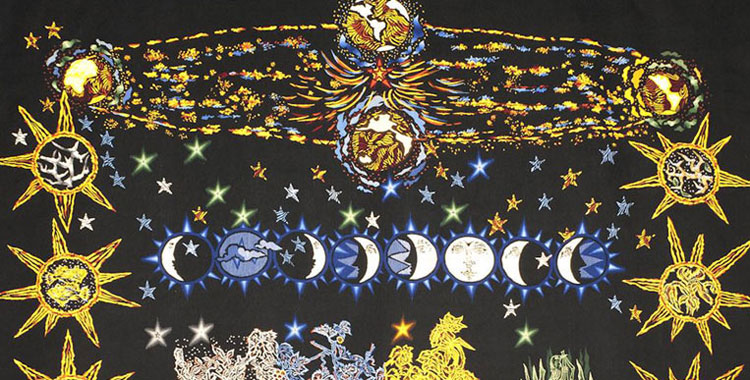Rakhi Peswani
Rakhi Peswani was trained as a painter first and then completed her post graduation with sculpture as major. She divides her time between academic teaching and working from Bangalore.
Rakhi Peswani has held five solo exhibitions, since 2006, most recent being Anatomy of Silence (Mumbai, 2013), Matters Under the Skin, (Hong Kong, 2011), Intertwinings (New Delhi, 2009). She has also been shown at various group and survey exhibitions, recent being Zones of Contact- Propositions for the Museum at Kiran Nadar Museum of Art (Noida, India, 2013), Generation in Transition: New Art from India at Zacheta National Gallery of Art (Warsaw, Poland) and Contemporary Art Centre (Vilnius, Lithuania, 2011) .
Cloth fades, bleeds, stains, tears and dyes. This work attempts to take such material attributes of textiles and transform them into spatial metaphors, engaging the viewer with another retelling of historical and cultural narratives.
The rudimentary impression of the work is derived from temporary relief shelters/tents, pitched at sites of displacement, construction, migrations, devastations and the various kinds of intensities thereof. These social ruptures of modernity are often the microcosms that the other world has been witnessing closely and repetitively, between the larger authorized grand narratives. Between these mass, social ruptures and their experiences at the individual level, is the spatial site of architecture, and the material- textile - a material that marks the line between the private and the public.
Embracing the viewer within the space of the museum, the work opens up an experiential realm within this cosmetic, cultural, public space. Holding the viewer’s perception to the physical nature of fabric, it translates these attributes into deliberations that a society encounters in the civilizing sphere of modernity. The phenomenological experience of architecture within architecture attempts to create a double layering, a retelling of a well-told tale. The tableau represents textile’s ability to drape and fall, but also to hold itself taut, with harnesses and supports; its capacity to shrivel, shrink and get parched, much like the skin, when exposed too much. The work, as a temporary shelter carries an association of a larger body that stands desolately, shapes and gets shaped, covers, hides and yet looms above our fragile individual selves. It holds an authorial structure above the body of the public (like skin to our bones and body, and clothes to an individual’s civilizing process), enduring and withstanding all the fissures that a social body undergoes in the modernizing project. It directs attention to the abilities- techniques that stand at that crucial juncture between the pre and post of the modernizing project.





































